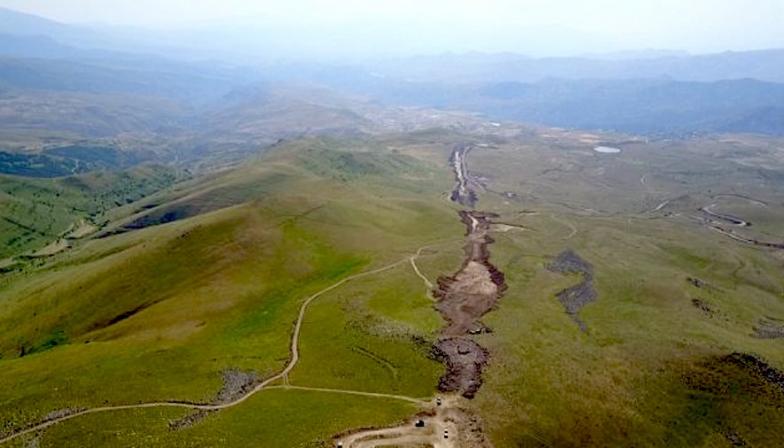Lydian International in Armenia may need to undergo a fourth environmental review in less than a year after Prime Minister Nikol Pashinyan asked the environmental authority to study the findings of an independent audit published last week.
On August 19, the Armenian government announced that it intends to allow Lydian to advance in the implementation of the Amulsar project. The decision was made on the basis of a third-party environmental audit conducted by the Lebanese consulting company ELARD, which concluded that the risks associated with the activities of the mine were minimal and manageable.
Two days later, after another round of protests against the project, Pashinyan asked the Ministry of the Environment to review the study and determine if another Environmental Impact Assessment (EIA) is required before allowing Lidian to move forward.
Lidian was subjected to three environmental audits over the past year, during which there was no suggestion that any additional EIA process would be required.
Work on Amulsar ceased last June, when protesters set up an illegal blockade blocking access to the mine.
The miner filed a complaint with the local police last July, but they refused to open a criminal investigation into the matter, saying there was no reason to remove the protesters, their vehicles, tents and trailers.
Lidian then went on a legal path, requesting in September to reverse the decision of the police.
In January of this year, the Supreme Court of Appeal ruled in favor of Lidian, but law enforcement officials did not restore uninterrupted access to the extraction site located in the mountainous south of Armenia.
Problems of local flora and fauna
Opponents argue that Amulsar will threaten several endangered animals that live in the area, including the rarest big cat in the world, the Caucasian leopard, which is believed to be only 10 in Armenia.
The mine’s mine is located above the tunnel that supplies Lake Sevan, the largest freshwater lake in the entire Caucasus region. Scientists warn that acid drainage from the mine will inevitably leak into the lake, creating a threat to the water system of Armenia.



